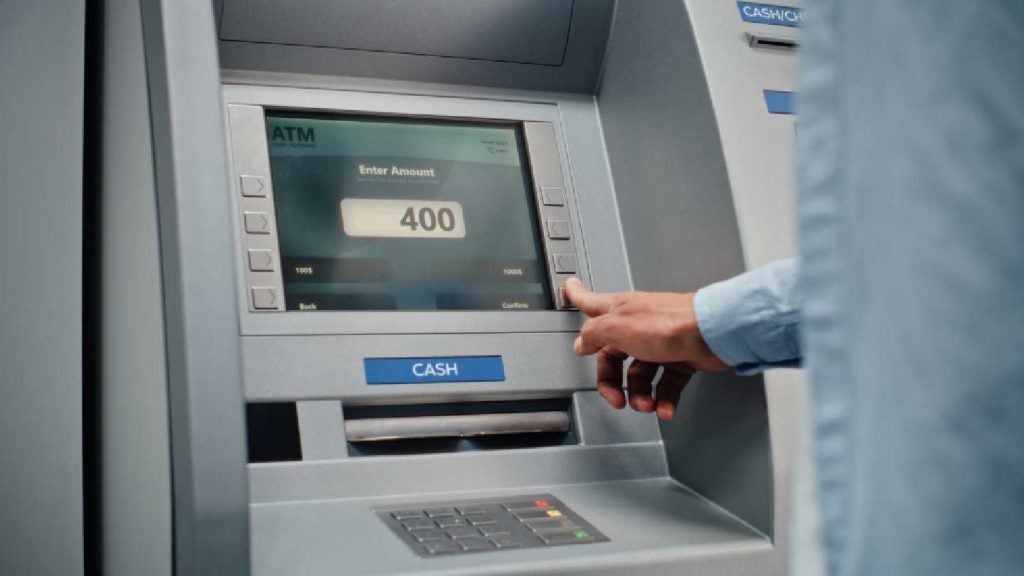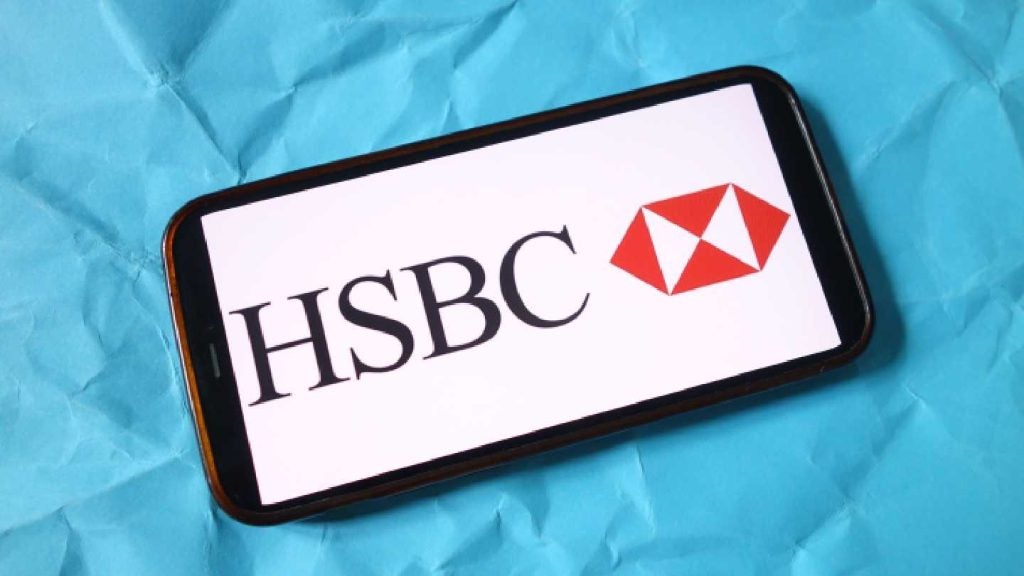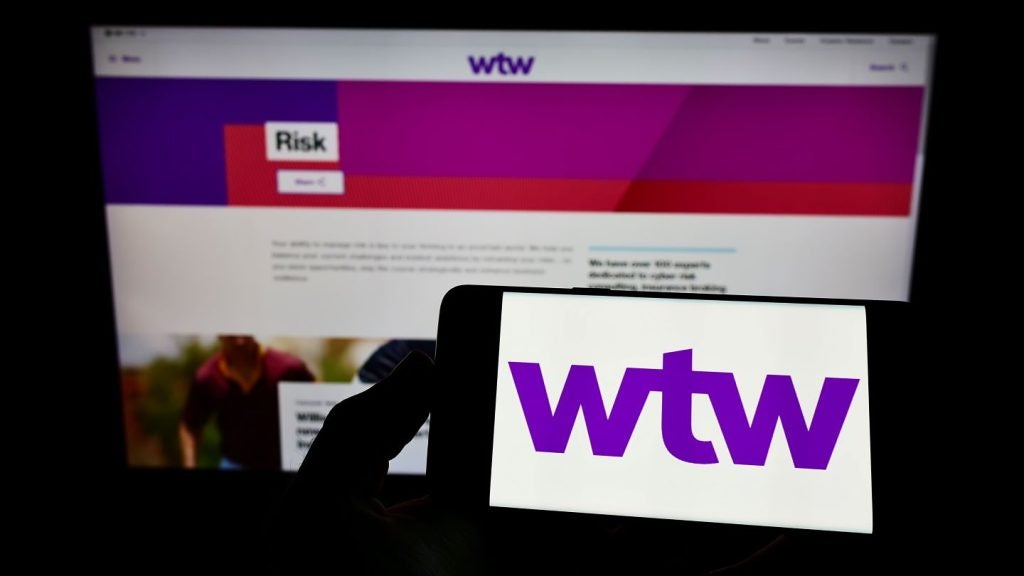Toronto-Dominion Bank has
become the largest US-based bank to become carbon neutral with
ambitious targets to boost energy efficiency, offset carbon use,
launch ‘green’ products and promote environmentally-friendly
branches. The bank’s chief environmental officer, Karen
Clarke-Whistler, talks to Farah
Halime.

Access deeper industry intelligence
Experience unmatched clarity with a single platform that combines unique data, AI, and human expertise.
Toronto Dominion’s (TD) operations in
Canada, the US and internationally are now carbon neutral and,
according to the bank’s chief environmental officer Karen
Clarke-Whistler, it is now the biggest north American-based bank to
be able to make such a claim.
She told RBI that the bank’s environmental
ambitions extend to capitalising on carbon neutral schemes to
reduce operating costs and boost revenue streams.
“I am confident TD is demonstrating leadership
in this area,” said Clarke-Whistler, the first environmental
officer to be appointed by the bank.
 The
The
carbon-neutral strategy has already saved TD, the sixth-largest
bank in North America by branches, $2.8million in operating costs
in the past year.

US Tariffs are shifting - will you react or anticipate?
Don’t let policy changes catch you off guard. Stay proactive with real-time data and expert analysis.
By GlobalDataThe first of three targets set by the bank, to
cut energy costs by 10 percent, has already been met.
The second target, to purchase at least 20
percent of renewable energy sources such as wind and low-impact
water power, is on target while the third goal is to buy renewable
energy certificates equivalent to 100 percent of its electricity
consumption this year.
It is also developing carbon offsets with
not-for-profit partners in Canada and the US.
In addition to redeveloping 2,500 existing
retail branches in North America to ensure they become carbon
neutral, TD expects to open up to 10 environmentally-friendly
branches during 2010.
The new branches will be Leadership in Energy
and Environmental Design (LEED) certified – such applications are
granted by the US Green Building Council – and feature:
• Solar drive-through canopies – a
translucent canopy over the drive-through lanes that generate
electricity for the branch;
• Maximised use of glass to allow
natural daylight;
• Exterior walls and glazing that
keeps the branch cool in summer and warm in winter;
• Water-efficient plumbing fixtures;
and
• Use of environmentally-friendly
materials and finishes.
The first green prototype branch is planned to
launch this spring in New York.
The scheme is part of a larger commitment to
carbon neutrality, including promotion of paperless banking,
environmentally-friendly mortgage and insurance products and
sustainability funds.
The bank is also promoting the use of
alternative energy to power what it calls a network of ‘green
ATMs’.
Clarke-Whistler, an environmental scientist by
trade, said the bank’s leadership in promoting green banking was
becoming widely recognised.
“TD is proud to be one of the small number of
retail-focused banks in the 2010 Global Top 100 most sustainable
corporations,” she said.
The Top 100 is an annual ranking of the
world’s most sustainable firms by Canadian media firm Corporate
Knights.
In January, TD appeared in the top 100 for the
second year running, ranking behind Westpac and Crédit Agricole and
ahead of the only other banks to feature: Royal Bank of Canada,
Intesa SanPaolo, India’s HDFC and Bradesco.
US-based rival PNC has made a virtue of its
green strategy in recent years – in 2007 the US Patent &
Trademark Office highlighted its environmental credentials by
awarding PNC the trademark for the term ‘green branch’ – but is
conspicuous by its absence from the Corporate Knights ranking.
 Clarke-Whistler argued that PNC has lost any head start it
Clarke-Whistler argued that PNC has lost any head start it
may have had in promoting green branches.
“I don’t think we are catching up anymore. We
have been moving very aggressively and the case is that others are
looking at what we are doing and figuring how they can catch up to
us at this point,” she said.
She said that the bank has been looking
seriously at how to bring the environment into its core business
strategy and the “immediate benefits” of demonstrating
environmental leadership are already apparent.
She added that TD is “very lucky” to be
perceived as the greenest bank in Canada, but the bank’s focus was
on the US where “more and more people are getting interested in the
environment”.
TD’s marketing campaign is focused on
“unpacking the whole carbon story and coming down to a pretty
simple equation for people that saving energy saves money and
saving money improves your cash flow,” she added.
Although Clarke-Whistler admitted there may
not be a direct incentive for switching to a ‘green’ bank purely
for its environmental credentials, she added that as consumer
behaviour around the environment changes, “a bank that behaves and
demonstrates environmental leadership will be perceived positively
by customers”.
The bank has seen an increase in its customer
numbers since ramping up its environmental efforts but
Clarke-Whistler said it was too early to say whether this was due
to the carbon neutral roll-out.







